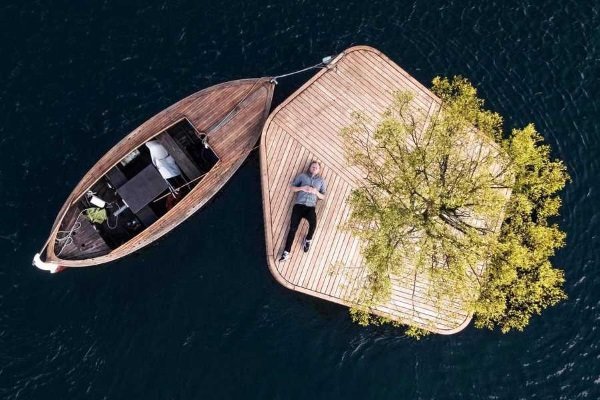The ‘Copenhagen Islands’ project has set sail with the first artificial floating island being launched into the Danish capital’s old industrial harbor.
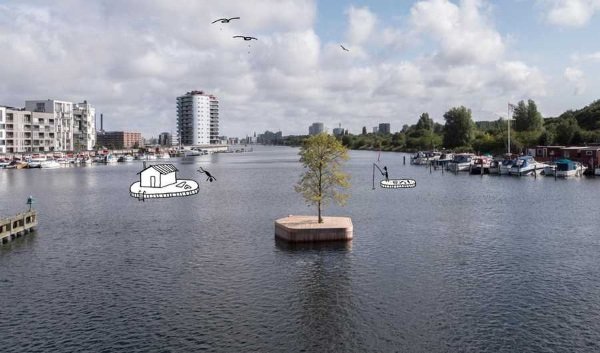
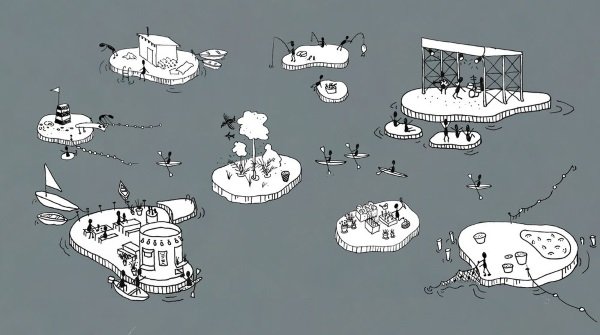
The “Copenhagen Islands” project will eventually see a collection of varied and various artificial floating islands scattered throughout the city’s thousand-year-old harbor. As is the case with many maturing cities, Copenhagen’s central harbor has become far less industrialized over recent decades and the water has gradually improved in both clarity and quality. The time is now right for human activity to return to Copenhagen’s watery heart, and it’s hoped these islands will lure people back to the harbor’s waters and the wave-caressed shoreline abutting it.
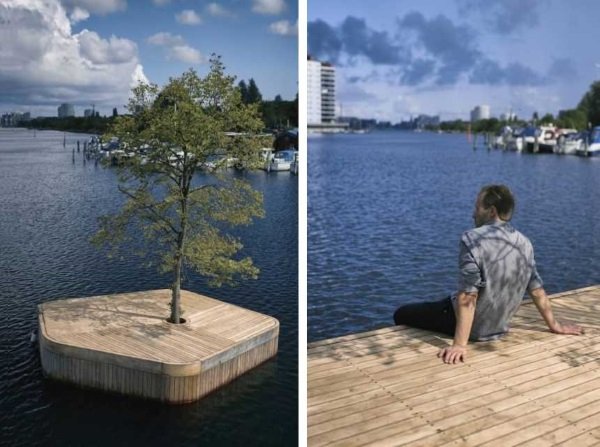
The project’s first practical prototype floating island, officially designated “CPH-01” after the single-letter Danish word “ø” for “island”, was recently launched into the harbor to widespread acclaim. The island is not solidly anchored and most days can be found in the southern expanses of Copenhagen harbor. No reservations are required – it’s open to the public 24-7 and its uses are limited only by the public’s collective imagination. Some of the activities people have enjoyed on CPH-01 so far include picnics, barbecues, stargazing, winter bathing, a temporary anchorage for local fishermen, and several small-scale events.
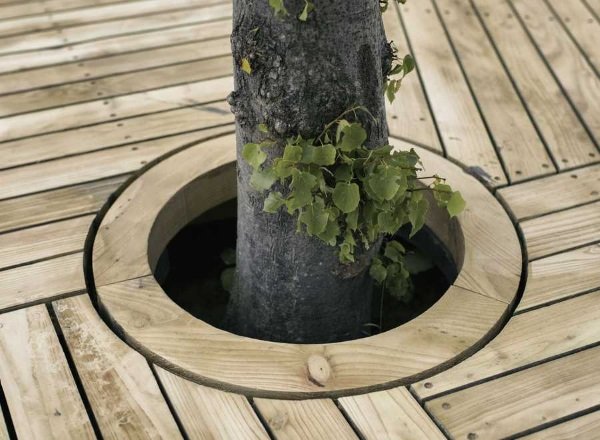
The floating island is the brainchild of Studio Fokstrot, an architectural design firm founded by Australian architect Marshall Blecher and Danish designer Magnus Maarbjerg. The island 20-square-meter (215 sq ft) island carries a connection to Copenhagen’s historic ship-building tradition. The designers ensured that all construction would be by hand, using traditional wooden boat-building techniques and features, by experienced crafts-people from the boat-building yards located in Copenhagen’s south harbor. One decidedly un-shiplike feature is the 6m (just under 20 ft) tall linden tree planted at the center of the island.
